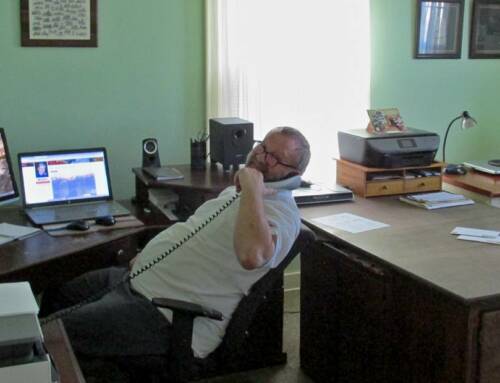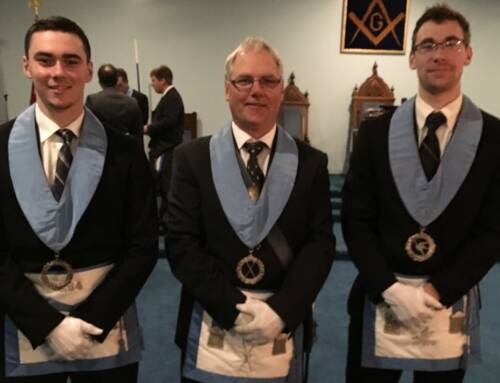Masonic Centers, Halls, Temples, Shrines and Cathedrals

Thanks to a long history and smart financial planning, Freemasons enjoy something many other civic clubs do not – private buildings for meetings and events. At one time, these facilities were used only for members, but, in more recent years, they have been opened up to the community for use for events and services. As folks have become more familiar with Freemasonry in their local community, they often scratch their heads at the names applied to these facilities.
The places where Freemasons meet have taken on many different names. In most cases, these different labels were applied to help members distinguish one building from another, especially within large communities. The size of the facility also played into the name that was used, as well as local colloquialisms. Today, most Masonic facilities refer to themselves as Masonic Centers, especially when dealing with the public. But, many of the old labels still apply and are often used by veteran members.
Masonic Temples, sometimes referred to as “Halls,” are the meeting places of local Masonic Lodges. In English, the term “temple” is often thought to denote a religious structure. However, “temple” can also be used to describe large public structures, dedicated to public use or for the use of fraternal organizations. The term “Masonic Temple” has been applied to small town community buildings, all the way up to the magnificent Masonic Temple in Philadelphia, the home of the Grand Lodge of Pennsylvania. The more grandiose a structure was, the more likely it was to be referred to as a “temple.” As stated, many of these facilities are now being referred to as “Masonic Centers,” to help avoid confusion.
Shrines, another common reference, are related to Freemasonry thanks to Shriners International, the well-known, fez-wearing, fun-loving fraternal organization that helps children with its fantastic network of hospitals. Shriners require that their members be Freemasons first, meaning that all Shriners are Freemasons. Their buildings are often very large and ornate, and have become known as Shrines (or sometimes “temples”). Again, to avoid confusion, most Shrines are now referring to the buildings as Shrine Centers, to help the public understand their purpose.
Lastly, we come to one of the most grandiose terms, “cathedral.” This word is often used in reference to a building used by the Scottish Rite of Freemasonry. The Scottish Rite is an internal organization within the Fraternity, to which all Freemasons can belong. It pulls its membership from large regions within an area, covering several counties within a state. Because of this, their buildings naturally became large, regional centers for Masonic activity. If a temple is a local building, a large, regional building naturally lends itself to being called a cathedral! But, as with the other two, these buildings are becoming more regularly known as “Scottish Rite Centers” in the modern era.
Masonic buildings are some of the most impressive and interesting parts of the material culture of the Fraternity. Men were proud of where they met and wanted to share their impressive works with those around then. As times change, so does language, but whether it’s a temple, cathedral, shrine, or hall, a Masonic building still serves one purpose – to unite men in the bonds of friendship and brotherly love, in an effort to be of service to others and the community.








